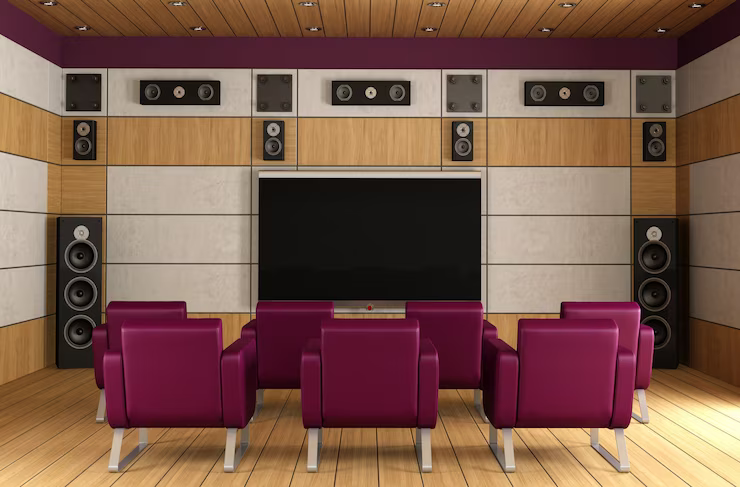If you’re planning to install a multi-room audio system in your home, you may be wondering whether you should wire for volume controls. In this article, we’ll discuss what volume controls are, how they work, and whether you should consider wiring for them.
Introduction
A multi-room audio system allows you to listen to music in different rooms of your home, either simultaneously or individually. Volume controls are an important part of a multi-room audio system, as they allow you to adjust the volume of the speakers in each room.
What are Volume Controls?
Volume controls are devices that allow you to adjust the volume of speakers in a specific room or area. They are typically installed in the wall or ceiling and are wired between the amplifier or receiver and the speakers.
There are two main types of volume controls: passive and active. Passive volume controls are the most common and are essentially just a series of resistors that reduce the volume of the audio signal. Active volume controls use amplifiers to boost the signal before it reaches the speakers, which can help to improve sound quality.
How Do Volume Controls Work?
Volume controls work by reducing the volume of the audio signal before it reaches the speakers. This is done by adding resistance to the circuit, which reduces the amount of power that is delivered to the speakers.
Passive volume controls typically use a series of resistors to reduce the volume of the audio signal. The resistance can be adjusted using a knob or slider, which allows you to increase or decrease the volume.
Active volume controls use an amplifier to boost the audio signal before it reaches the speakers. This can help to improve sound quality and reduce the impact of cable resistance and other factors that can degrade audio quality.
Should You Wire for Volume Controls?
Whether or not you should wire for volume controls depends on your specific needs and preferences. Here are some factors to consider:
Budget
Volume controls can add to the cost of a multi-room audio system, as they require additional wiring and hardware. If you’re on a tight budget, you may want to skip the volume controls and focus on other aspects of the system.
Room Size
If you have large rooms or open-concept living areas, you may want to consider wiring for volume controls. This will allow you to adjust the volume of the speakers in each area independently, which can help to improve sound quality and reduce distortion.
Sound Quality
If you’re a serious audiophile and want the best possible sound quality, you may want to consider wiring for active volume controls. These devices can help to improve sound quality and reduce the impact of cable resistance and other factors that can degrade audio quality.
Future Upgrades
If you’re planning to upgrade your multi-room audio system in the future, it may be a good idea to wire for volume controls. This will give you the flexibility to add volume controls later on without having to rewire your home.
Conclusion
Volume controls are an important part of a multi-room audio system, as they allow you to adjust the volume of the speakers in each room or area. Whether or not you should wire for volume controls depends on your specific needs and preferences. Consider factors such as budget, room size, sound quality, and future upgrades when making your decision. If you’re unsure about whether to wire for volume controls, consult with a professional installer who can help you make an informed decision.


